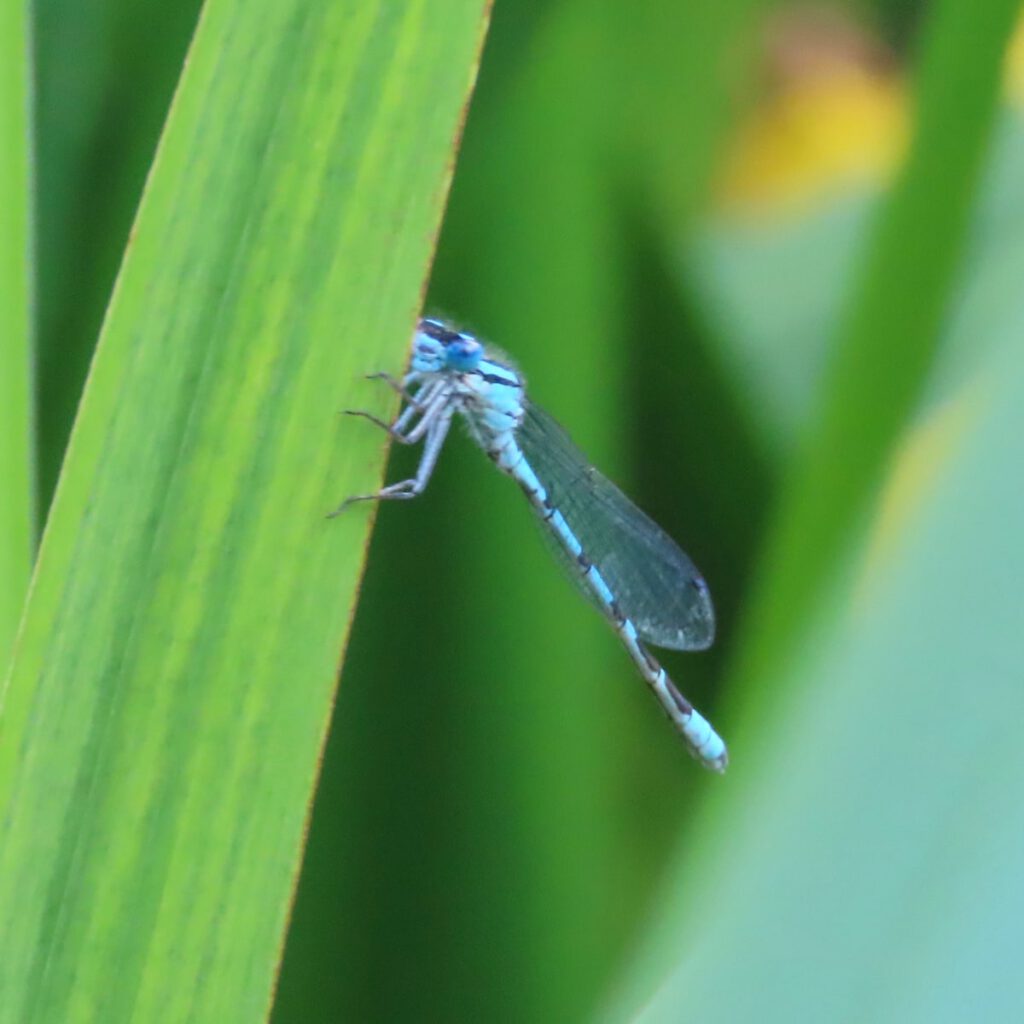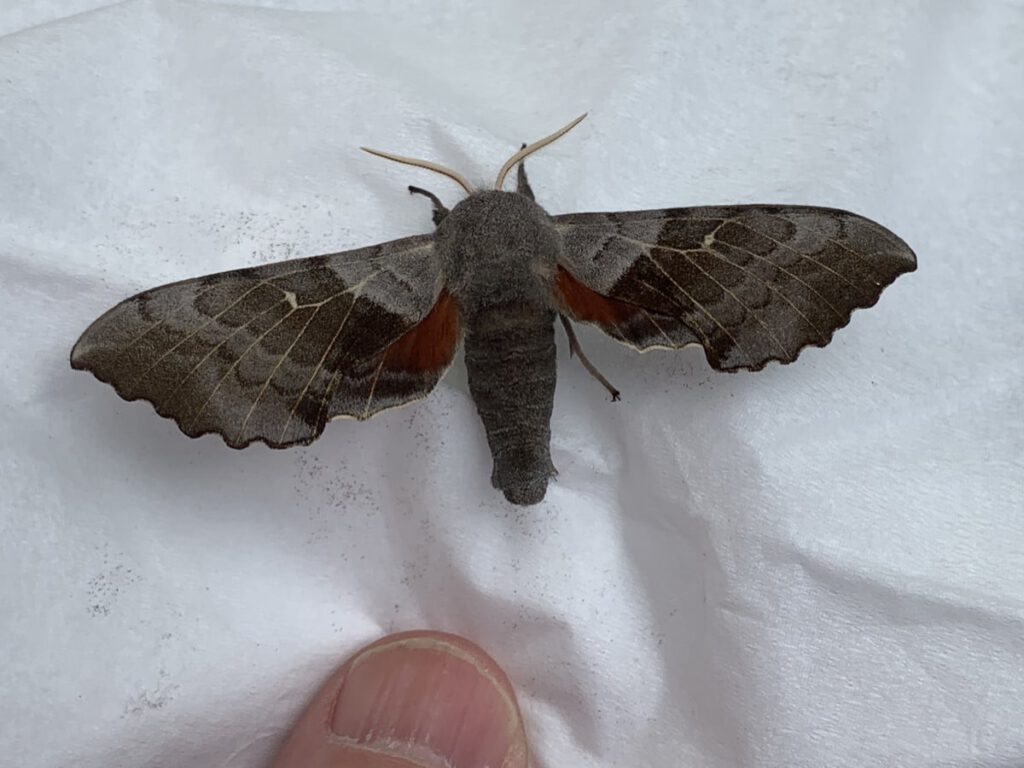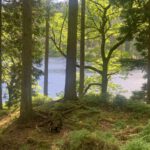Blue Damselfly in Victoria Park this evening.
After being driven off their previous nest by coots the dabchicks are back in Victoria Park. Yesterday we saw a change over at the nest and perhaps an egg.
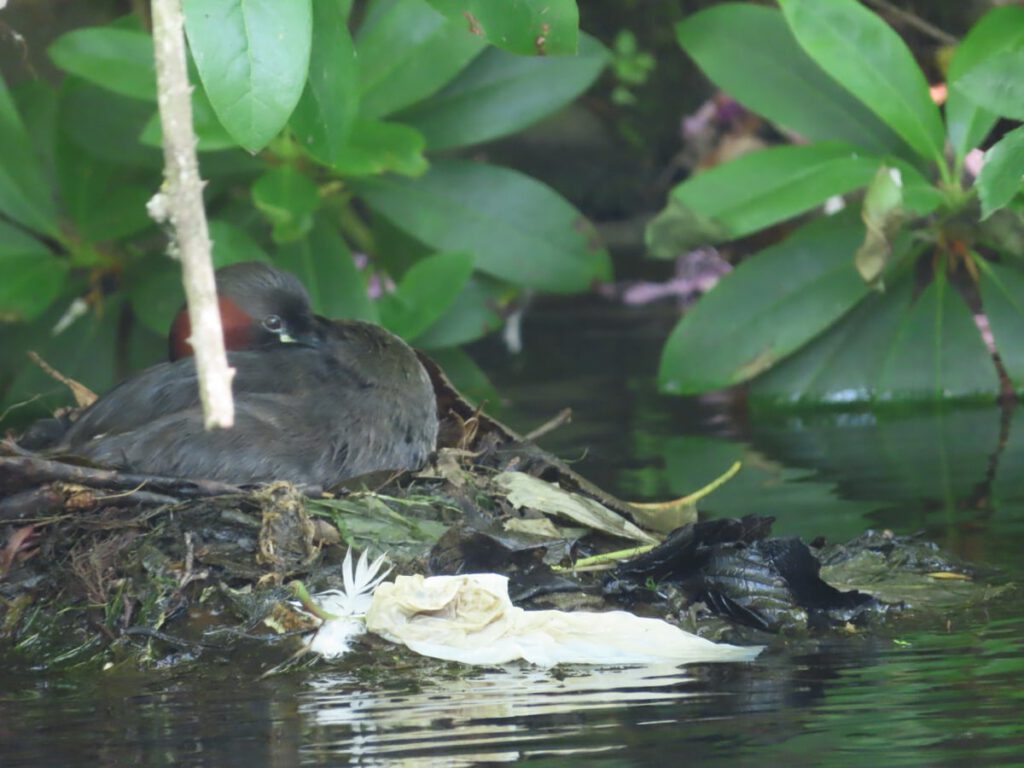
Note the dried bramble(?) right in front designed to confuse my auto focus.
Liked: Coding is not ‘fun’, it’s technically and ethically complex
Coding is seen as fun and glamorous, but that’s a sales pitch. In reality, it’s complicated, both technically and ethically
It’s better to admit that coding is complicated, technically and ethically. Computers, at the moment, can only execute orders, to varying degrees of sophistication. So it’s up to the developer to be clear: the machine does what you say, not what you mean. More and more ‘decisions’ are being entrusted to software, including life-or-death ones: think self-driving cars; think semi-autonomous weapons; think Facebook and Google making inferences about your marital, psychological or physical status, before selling it to the highest bidder. Yet it’s rarely in the interests of companies and governments to encourage us to probe what’s going on beneath these processes.
Clear well explained short and powerful article. via both Scripting News and Memex 1.1.
Perhaps we need another term for the coding like activity than can be a lot of fun for folk that have the skills that Walter Vannini explains coders need. I have a lot of fun dabbling in AppleScript, bash and JavaScript without the discipline and study necessary to be a coder.
Kids in school can have this sort of fun too, perhaps helping in maths and in skills like problem solving, working together and practical skills. Scratch and micro:bits can be a a lot of fun in a primary classroom.
There are so many reasons to be excited about generative art, but at the core of everything is this fundamental value: generative art is truly working with the essence of what shapes our new digital worlds. Coding is the key. Our future lives will be built with it. The artistic exploration of code and how it can be re-imagined, re-examined, and re-purposed is critical if we wish to build a healthy, human experience in the non-physical landscapes to come. Generative art is one step in that direction, and one that feels more important to me every day.
Many fascinating looking essays by a generative artist. On Instagram too.
Another fine rabbit hole found via Doug Belshaw’s Thought Shrapnel
A colleague found this one at school today. Google Reverse image search gives me Poplar Hawk-moth.
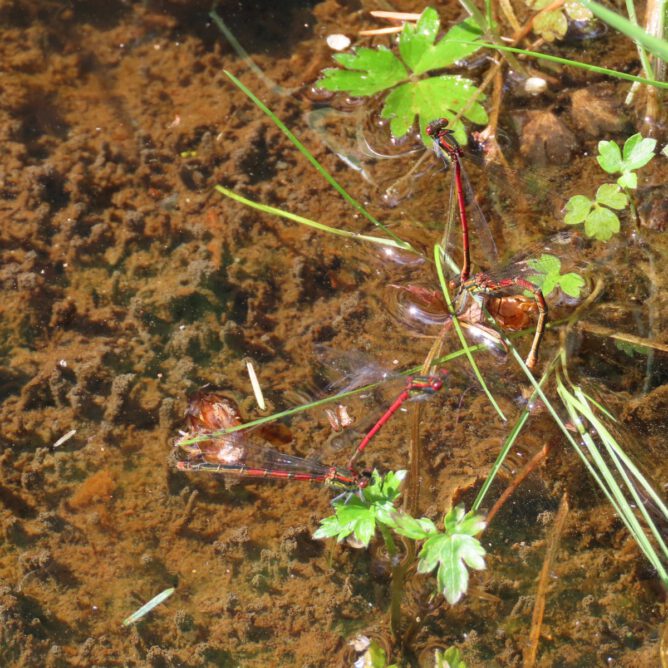
Loch Ard trails. Bright & breezy with some heavy grey cloud. Few butterflies about, whites, orange tips, maybe fritillaries & a common blue. Plenty of damselflies, mostly large reds. A salmon jumped in the Duchray water.
Around 4.6 billion people use the internet every day. In fact, 350,000 tweets have been sent in the past minute. We tend to think of the internet as something ephemeral – partly thanks to terms like “web” and “cloud” – but the servers that host all that data produce huge amounts of emissions, leaving giant carbon footprints behind.
I do not usually filter or edit but I though this was nice.

Email is a powerful tool, but it feels like using a shovel to cut down a tree.
Macdrifter is one of my favourite mac blogs. Disappeared for a while and recently sprung back to life. I noticed through the power of RSS.
This post takes a look at digital gardening and looks at some of the elements of IndieWeb & blogging I am interested in.
Stars, favorites, reading lists,bookmarks, notes, playlists, and the whole mess of podcasts, is exhausting to keep track of, let alone keep alive and healthy.
and:
I think I want to return to this old-fashioned concept of blogging for Macdrifter. I want to worry less about “reviewing” things and more about leaving tasty breadcrumbs.
There is a nice list of blogs and blog types at the end too. Really glad to see this feed come alive again.
Beyond my pocket & prolly my attention span, but as soon as I see mention of data in edu I reach for these questions and videos cc @IaninSheffield

